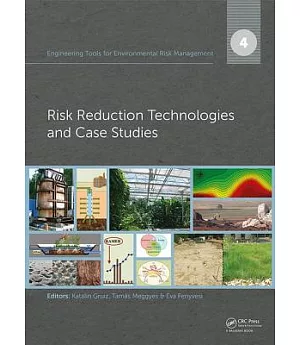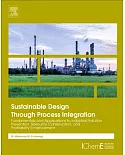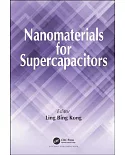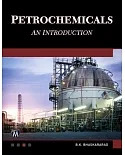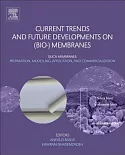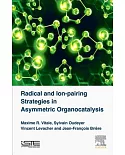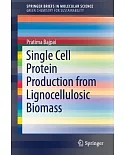The theory and practice of reducing the environmental risk of chemicals is a key issue in environmental protection. This volume deals with remediation technologies and introduces their
functional classification, applicability and relation to natural risk reduction processes. We demonstrate how the proper characterization and understanding of the environmental technologies
helps decision making and finding the problem-suited engineering tools. The reactor approach is an important model for in situ remediation which supports professionals in applying
well-controlled bioengineering or eco-engineering tools combined with conventional physical or chemical technologies and processes. The first task is finding the best catalyst which may be a
chemical agent, a living organism or the soil community. The second task is ensuring optimal conditions for the operation of the catalyst by environmental parameter control; redox-potential
manipulation; optimal nutrient supply, etc. The final engineering task is the verification of the applied technology feedbacks to the complex environmental risk management. The risk
management and decision-making procedure relies to a great extent on innovation, problem-specific solutions, evaluation and verification of remedial technologies, as well as their integration
into a risk reduction strategy.
The comprehensive overview on the approaches, concepts and technologies is followed by the analysis of natural attenuation, biological and ecological engineering tools, artificial ecosystems
and living machines, biodegradation-based remediation, including those based on co-metabolism, bioleaching, phytoremediation, physical, chemical, electrochemical and thermal remediation. The
book deals with nanotechnologies, reactive barriers and zones, soil amelioration and remediation using wastes. General technology descriptions and concrete applications are discussed. Risk
reduction strategies and options, decision making, fitting the strategies and technologies to the problem or the contaminated site are also dealt with in detail.
The evaluation of a technology in advance in aid of decision making and planning, during technology application for the validation of the plan, and after the application for verifying the
technology are differentiated and explained in detail. The methodologies of risk assessment, socio-economic assessment, eco-efficiency and life-cycle assessment as well as
multicriteria-analysis as an aggregating tool are presented and demonstrated by examples.

